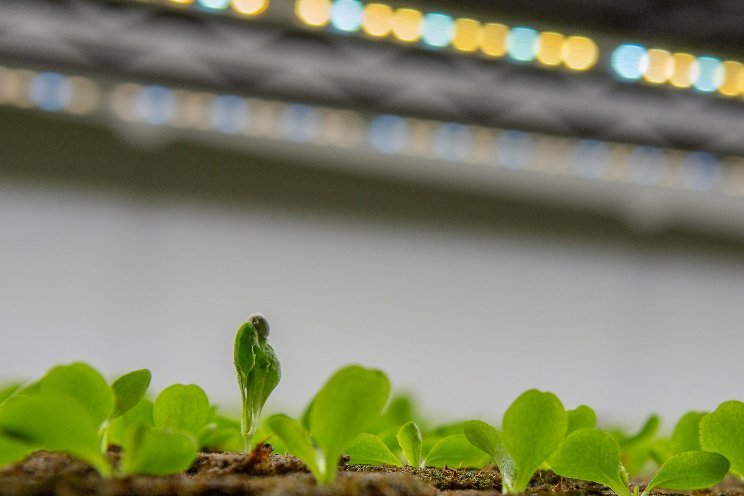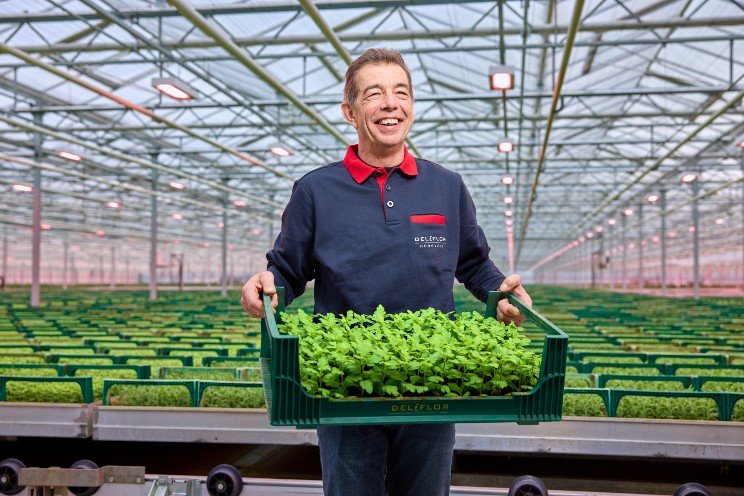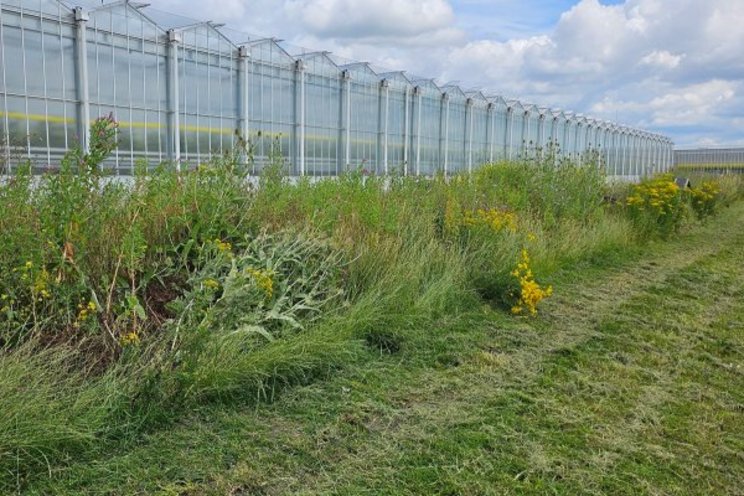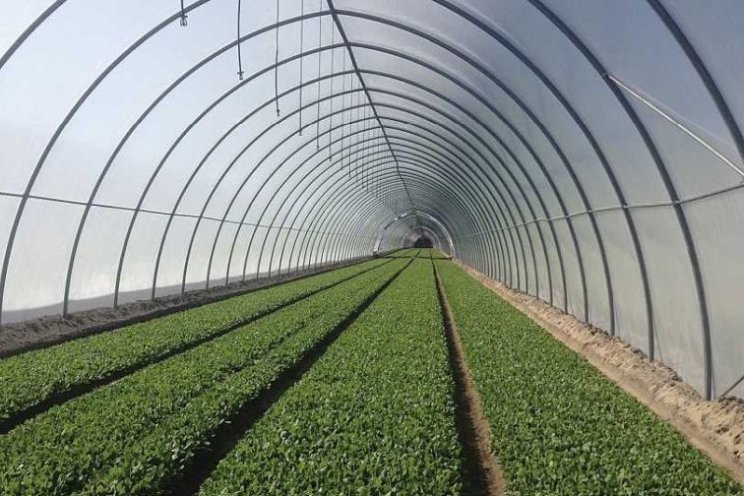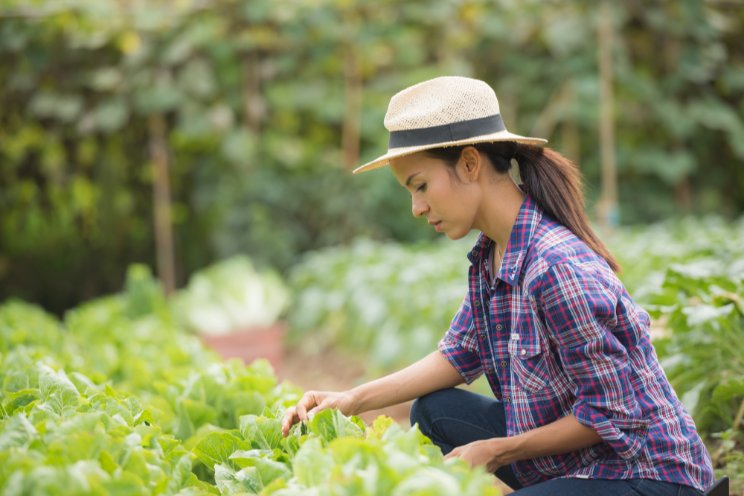Understanding the role of light in greenhouse cannabis
Added on 02 September 2023
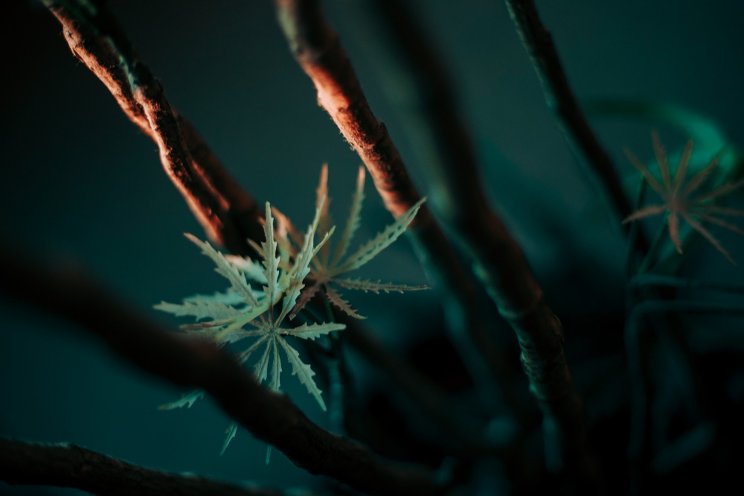
Light plays a crucial role in greenhouse cultivation as it directly influences plant growth and development. Understanding how light affects plants and optimizing its use can significantly enhance crop productivity.
The Role of Light in Greenhouse Cultivation
- Germination of Seeds: Light plays a huge role in a plant’s life, even when it’s just a seed. Although different seeds germinate under specific conditions, light intensity is a factor that affects all seeds. Some smaller seeds require light to germinate, while others require darkness. Greenhouse cultivation gives you the flexibility and control to monitor the light exposure of your seeds and tailor it to the type of seeds you have.
- Photosynthesis: Light is the primary source of energy for plants. Unlike animals, plants can produce their own food or nutrients, and they do so through a process called photosynthesis, in which light energy is converted into chemical energy. Energy from photosynthesis fuels the plant and allows it to carry out activities such as respiration and the active transportation of minerals and nutrients from its surroundings. Without adequate light, a plant would fail to carry out photosynthesis, eventually withering away and dying.
Image by wirestock on Freepik
More news

